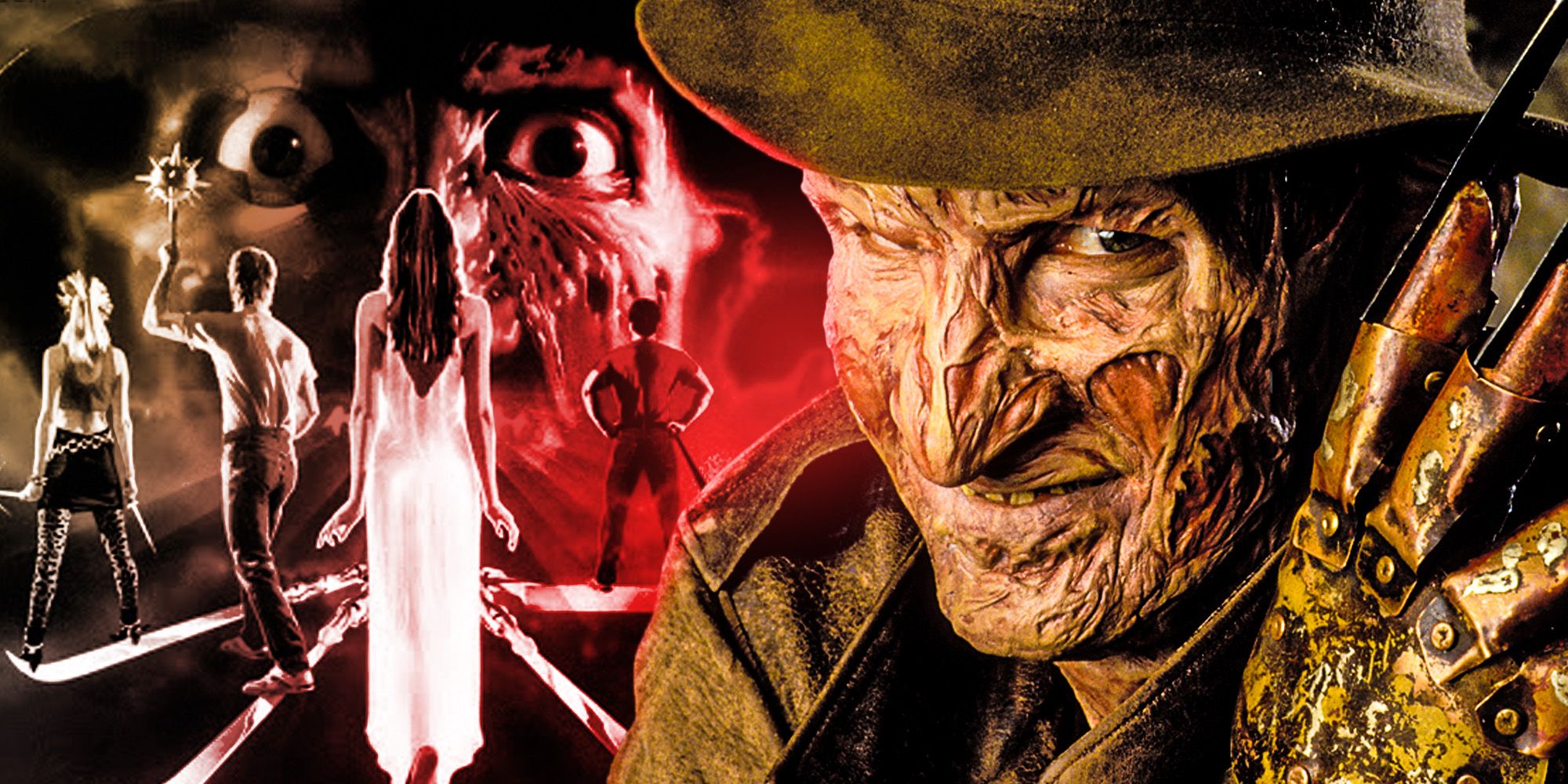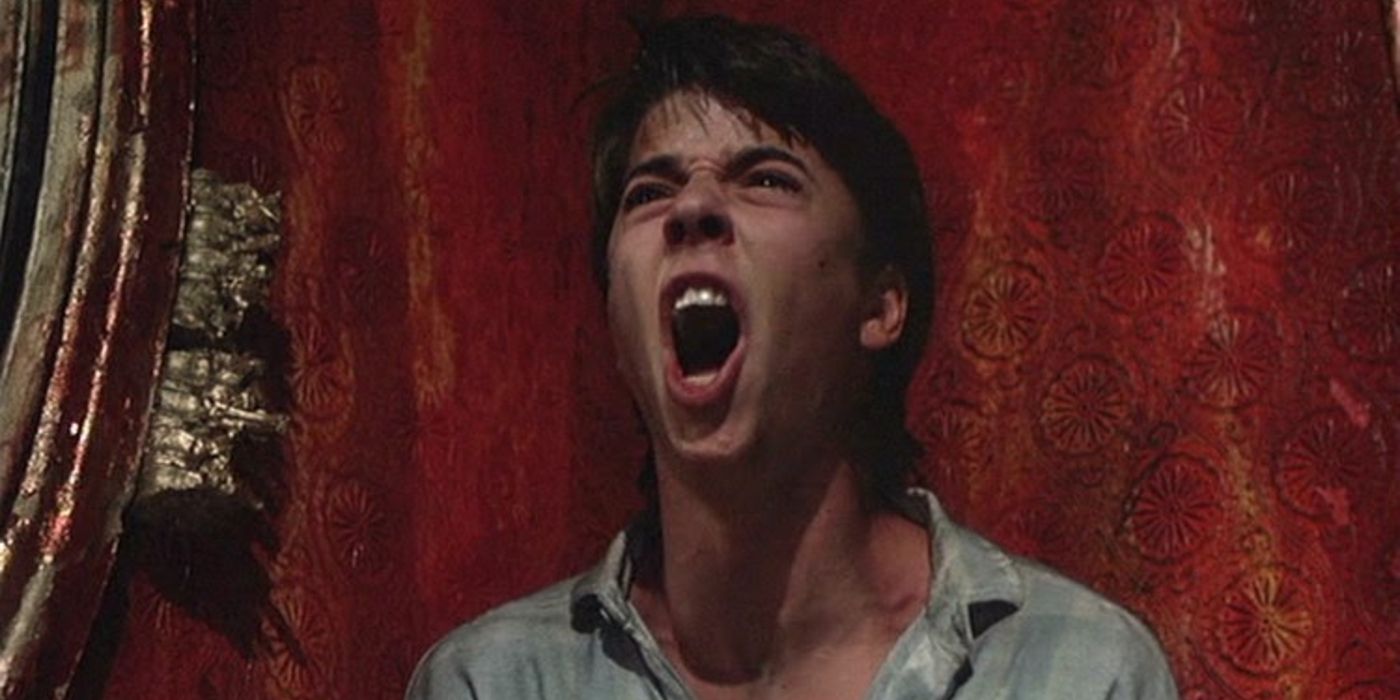A Nightmare On Elm Street 3: Dream Warriors may be one of the best-loved sequels in the franchise, but franchise creator Wes Craven didn’t like the movie — and for good reason. Released in 1984, A Nightmare On Elm Street put a paranormal spin on the then-waning slasher trend, reigniting interest in the sub-genre by offering a more surreal, strange, and scary take on the genre than another thinly-veiled Halloween knock-off.
Much like Craven’s later effort Scream would start a trend of meta-slashers in the 1990s, in the mid-80’s the first appearance of well-cooked, much-spoofed dream demon Freddy Krueger revived the slasher sub-genre by adding a supernatural angle to proceedings. Where most masked slasher villains simply sliced their way through a slew of interchangeable teens, Freddy murdered his victims where no one was safe — in their dreams.
Inevitably, the smash-hit success of A Nightmare On Elm Street led to an immediate string of cash-in sequels, and equally inevitably, these follow-ups varied wildly in quality. The first sequel, Freddy’s Revenge, was released a mere year after the original and turned the ingenious premise into a more conventional (and surprisingly homoerotic) possession horror. But the second sequel, 1987’s A Nightmare On Elm Street 3: Dream Warriors, saw a team of teens band together to take down Freddy for good when he started plaguing their sleep. Like the later Freddy Vs. Jason, this threequel featured a likable cast, the first of Freddy’s now-iconic snappy one-liners, and some stunning special FX. So why was Craven unhappy with the final project? His dislike of A Nightmare On Elm Street 3: Dream Warriors had little to do with the movie itself, and more to do with the fact he was muscled out of the production process.
Although A Nightmare On Elm Street 3: Dream Warriors is arguably the most popular installment after the original, Craven didn’t like the fact new director/writer team Chuck Russell and Frank Darabont dropped many of Craven’s ideas for the film, and failed to consult him after securing his blessing to make the movie. To be fair to both creators, Craven’s beef was more with the production company New Line who owned the rights to Freddy Krueger than it was with Russell or Darabont. The director said of the threequel (via A Nightmare On Elm Steet Films):
“My understanding was that I would be asked about things all along. I would be brought in to casting and have a real creative part in the picture. The reality was that New Line Cinema never really contacted me again after they had the script. They changed it quite drastically in some ways. The director and a friend of his rewrote it and changed the names of all the characters, and included several key scenes of their own.”
Unfortunately, Craven’s experience led to the horror legend feeling short-changed by the studio, but the third Nightmare On Elm Street still ended up being a huge success and helped launch both Russell and Darabont filmmaking careers. Russell would go on to direct B-movie remake The Blob before graduating to the blockbuster Jim Carrey vehicle The Mask, while Darabont directed the beloved Stephen King adaptation The Shawshank Redemption (before going on to make the unfairly critically maligned Jim Carrey flop The Majestic). However, the always-ingenious Craven did find a way to creatively cope with his frustrations surrounding the A Nightmare On Elm Street 3: Dream Warriors experience. His next entry in the series would be the acclaimed 1994 sequel/ meta-slasher New Nightmare, which in addition to making Freddy scary again featured many cynical jabs at the Hollywood system and studios pumping out endless sequels.


